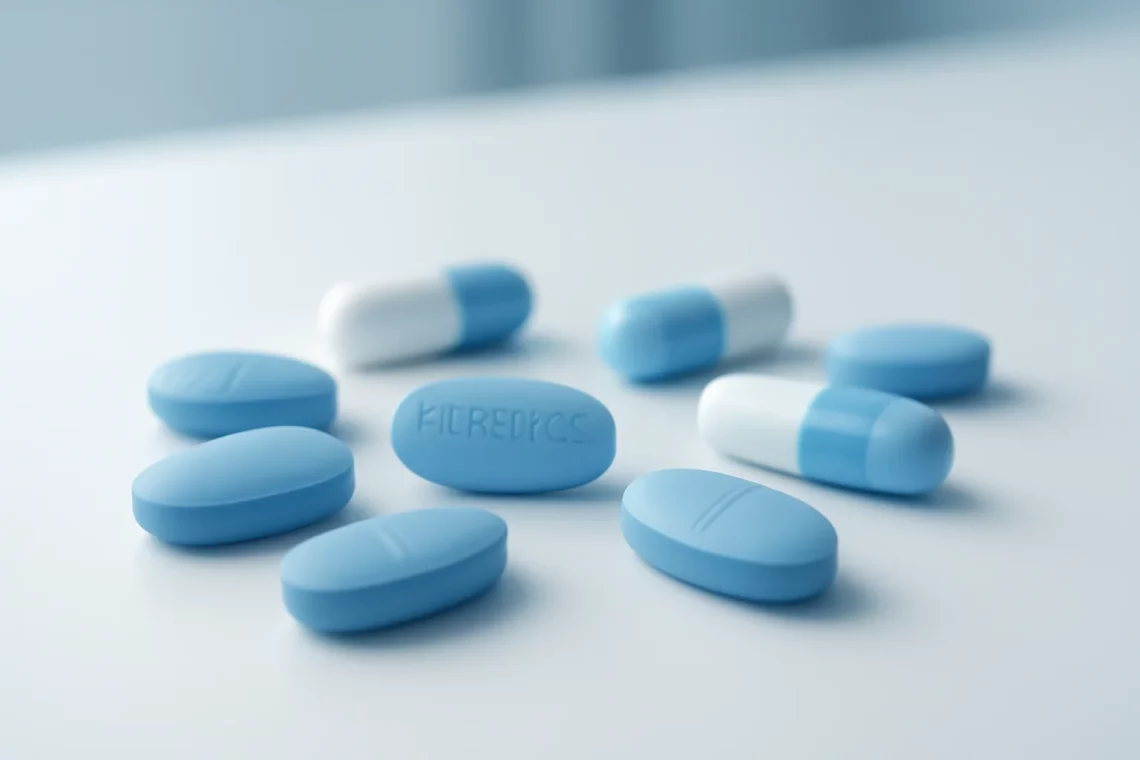
Viagra vs Sildenafil: Understanding the Differences and Similarities
Erectile dysfunction (ED) is a common condition that affects millions of men worldwide. It can be a source of embarrassment and frustration, impacting not only personal relationships but also overall quality of life. As awareness of ED has grown, so has the demand for effective treatments. Among the most recognized solutions are Viagra and its generic counterpart, sildenafil. While often used interchangeably, these two terms represent different aspects of the same medication. Understanding the nuances between them can help patients make informed decisions about their treatment options. In this article, we will explore the characteristics, effectiveness, and considerations surrounding Viagra and sildenafil, shedding light on their roles in managing erectile dysfunction.
Understanding Viagra and Sildenafil
Viagra is the brand name for a medication that contains the active ingredient sildenafil citrate. Developed and marketed by Pfizer, Viagra gained popularity in the late 1990s as one of the first oral treatments for erectile dysfunction. Sildenafil, on the other hand, is the generic name for the same compound. When Viagra’s patent expired, other pharmaceutical companies began producing sildenafil under various brand names, making it more accessible and affordable for patients.
Sildenafil works by inhibiting an enzyme called phosphodiesterase type 5 (PDE5), which plays a crucial role in the regulation of blood flow in the penis. When a man is sexually stimulated, the body releases nitric oxide, leading to the production of cyclic guanosine monophosphate (cGMP). This compound relaxes the smooth muscles in the penis, allowing for increased blood flow and resulting in an erection. PDE5 breaks down cGMP, which can hinder this process. By blocking PDE5, sildenafil helps to maintain higher levels of cGMP, facilitating the ability to achieve and sustain an erection.
The effectiveness of both Viagra and sildenafil is largely similar, as they contain the same active ingredient. However, factors such as formulation, dosage, and potential side effects can vary. Viagra is available in tablet form, typically in doses of 25 mg, 50 mg, and 100 mg. Sildenafil, as a generic drug, is also available in various dosages and forms, including tablets and liquid formulations.
It is important to note that while these medications can significantly improve erectile function, they do not cure erectile dysfunction or increase sexual desire. They also require sexual stimulation to work effectively, and their effects last for a limited time, usually around four to six hours.
Potential Side Effects and Considerations
Like any medication, Viagra and sildenafil come with potential side effects. Commonly reported side effects include headaches, flushing, nasal congestion, indigestion, and visual disturbances. These side effects are generally mild and temporary but can be bothersome for some individuals.
More serious side effects, although rare, can occur. These include priapism (a painful erection lasting longer than four hours), sudden hearing loss, and cardiovascular issues, particularly in individuals with pre-existing heart conditions. It is crucial for patients to discuss their medical history with a healthcare provider before starting either medication to ensure safety and proper dosing.
Additionally, sildenafil and Viagra can interact with certain medications. For instance, nitrates, often prescribed for chest pain, can cause a dangerous drop in blood pressure when taken in conjunction with these erectile dysfunction medications. Other medications, including some antifungals and antibiotics, may also affect how sildenafil is metabolized in the body.
Alcohol consumption can further complicate matters, as it may impair the ability to achieve an erection and can increase the likelihood of experiencing side effects. Therefore, moderation is recommended when consuming alcohol while using these medications.
Patients should also consider lifestyle factors that contribute to erectile dysfunction. Conditions such as diabetes, obesity, and hypertension can exacerbate the issue, and addressing these underlying health concerns may improve overall sexual function. Regular exercise, a balanced diet, and stress management can play significant roles in enhancing erectile health.
The Cost and Accessibility of Viagra and Sildenafil
One of the most significant differences between Viagra and sildenafil lies in their cost and accessibility. As a brand-name medication, Viagra typically comes with a higher price tag due to the associated marketing and research costs incurred by the manufacturer, Pfizer. Many insurance plans may cover Viagra, but this depends on the individual policy and the specific circumstances surrounding the need for treatment.
On the other hand, sildenafil, as a generic alternative, is often available at a lower cost. This can make it a more appealing option for those who are concerned about the financial burden of managing erectile dysfunction. The availability of sildenafil in various forms and dosages also allows for greater flexibility in treatment options.
In recent years, online pharmacies and telehealth services have emerged, providing patients with increased access to both Viagra and sildenafil. These platforms often offer competitive pricing and the convenience of home delivery. However, it’s essential for patients to ensure they are purchasing medications from reputable sources to avoid counterfeit products.
Despite the potential cost savings associated with sildenafil, patients should consult with their healthcare providers to determine the most appropriate option for their specific needs. Factors such as efficacy, side effects, and personal health history should guide this decision-making process.
Making an Informed Choice
When it comes to choosing between Viagra and sildenafil, the decision ultimately rests on individual preferences and circumstances. Both medications are effective in treating erectile dysfunction, and their primary difference lies in branding and cost. It is essential for patients to have open and honest conversations with their healthcare providers about their symptoms, medical history, and treatment goals.
In some cases, a healthcare provider may recommend starting with a generic version like sildenafil for its affordability. Others may prefer the brand-name Viagra for its established reputation and familiarity. Regardless of the choice, the most important factor is the effectiveness of the treatment in restoring confidence and improving quality of life.
Patients should also be aware of the importance of lifestyle changes in conjunction with medication use. Addressing underlying health issues, maintaining a healthy lifestyle, and seeking support for psychological factors can enhance the effectiveness of erectile dysfunction treatments.
In conclusion, both Viagra and sildenafil provide valuable options for men experiencing erectile dysfunction. By understanding their similarities and differences, patients can make informed decisions that align with their health needs and financial situations.
**Disclaimer:** This article is not intended as medical advice. For any health-related issues or concerns, please consult a healthcare professional.




